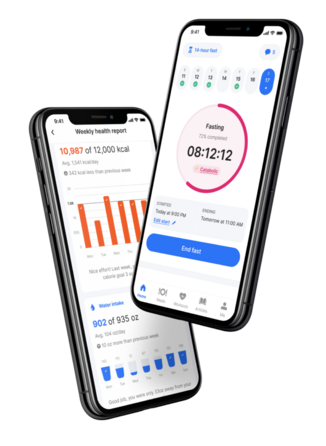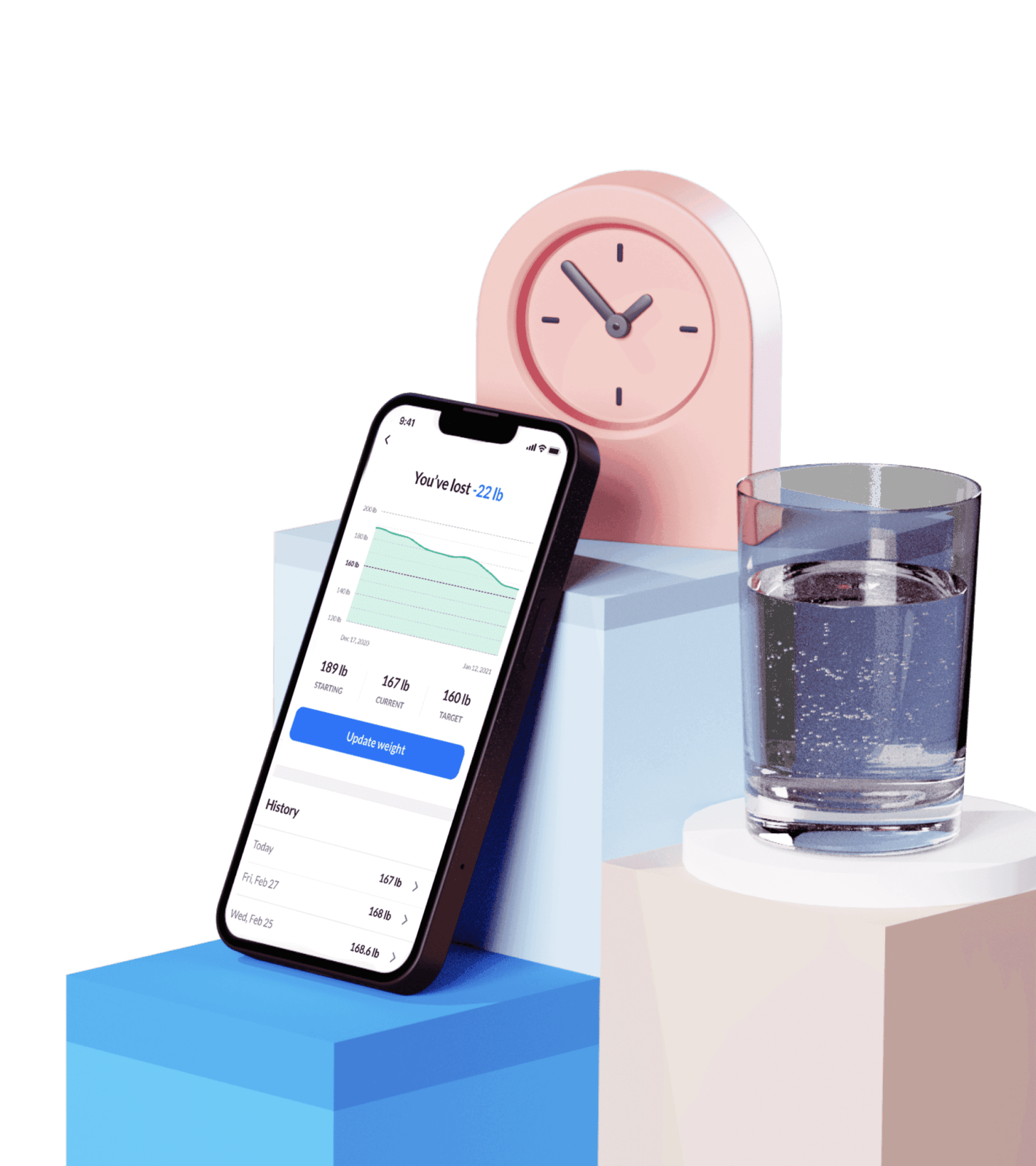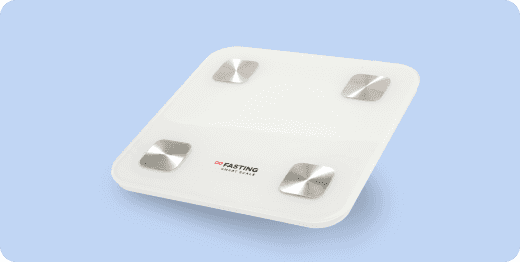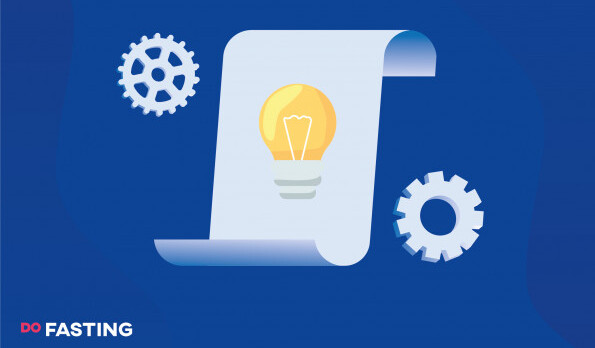Contents
When Do Weight Loss Results Actually Become Visible?
Have you found yourself inspecting your body composition or angles during a weight loss program?
Many people have, as wanting to see the fruits of your labor is expected, and seeing the places where you lost weight can motivate you further on your weight loss journey.
Though being able to notice fat loss is desirable, the weight loss timeline is not always linear or clear. However, if you ascribe to a diet that produces a healthier lifestyle and you lose weight safely and sustainably, you can see results sooner.
For example, many professionals tout the importance and health benefits of losing ten pounds or around 5% of your body weight. But how long does it take to notice weight loss of that amount?
Well, if you lose about ten pounds over a period of six weeks, that’s actually a full pant size for most people when it comes to waist circumference!
As such, you can generally begin to see more apparent alterations in your appearance and notice weight changes throughout your body after about four to six weeks of weight loss, with the most significant differences visible after two months.
That’s because the safest way to lose weight is at a rate of about ten pounds every six to ten weeks, so tangible results follow that timeline.
Plus, how to measure your body for weight loss is another important factor to seeing your results, as simply standing on a scale does not indicate exactly how much fat burning you have accomplished. That’s why seeing how smaller sizes of clothes fit is a great way to gauge losing fat!
Take a
1-minute quiz
and discover how much weight you can lose with DoFasting!

How Much Weight Is Healthy To Lose Within a Week?
In general, professional medical advice recommends that a rate of healthy weight loss should comprise one or two pounds per week. That is around five pounds every month, with eight pounds as a comfortable maximum.
As previously mentioned, losing between 5% and 10% of your overall body weight is one of the healthiest changes to make in your lifestyle and diet. And by losing one or two pounds per week, can be achieved in a comfortable, safe, and sustainable amount of time.
To lose weight in this manner, experts recommend a diet with fewer calories in combination with physical activity and a lessened carbohydrate intake. This is much safer than a crash diet that essentially starves your body!
The trick is to burn more calories than you consume, pushing the body to a metabolic switch that makes you lose fat instead of burning glucose stores— something that is done easily and comfortably when following an intermittent fasting plan.
Why Weight Loss Is Different From Fat Loss?
There is actually a big difference between losing weight and losing body fat. And what happens when you lose weight as numbers on a scale is slightly misleading, versus the fat cells burned and inches actually being lost.
Significant initial weight loss can be losing water weight, especially if your diet is improved, and the number of carbohydrates and sodium that you eat has been reduced dramatically in the past few weeks.
And while losing water weight is also a good thing, it’s not necessarily body fat that you are losing— which is the key problem for anyone who needs to alter their body mass index or become physically fitter.
On the other hand, fat loss refers to the process of permanently burning away stored fat cells, as your metabolism targets those areas for fuel.
This is best done through a mixture of exercise to strengthen lean muscle tissue and a calorie deficit to help melt away the fat. It’s not a method to lose weight quickly, but it is one of the best ways to burn fat for good.
It takes some progress before the results can be visible, but it’s worth the wait— for the most visible weight loss, 4 weeks is a good marker for seeing changes from your starting weight.
What Are the Factors That Affect Weight Loss Progress?
The weight loss timeline is affected by many aspects of your daily life, and even by things outside of your control. However, this doesn’t mean that you cannot progress with healthy habits at all!
So, before you ask the question, “why am I not losing any weight”, the following factors can significantly alter your progress, whether you notice less weight shifting or your body’s physical changes happening at a slower rate.
Health-related Issues
When it comes to both physical and mental health, problems you experience can have a direct effect on your weight loss.
For example, thyroid issues or a hormonal imbalance can make it difficult to lose pounds or notice weight loss because of bloating. Sometimes, hormones make even a successful dieter regain more weight, which can be frustrating.
Additionally, those struggling with mental health issues like depression, self-esteem issues, or body dysmorphia can find it hard to motivate themselves. Emotions play a big part in weight loss, and shouldn’t be discounted or make you feel bad!
Genetics
Bad genes are not just the type of clothing you cannot fit into yet— unfortunately, overweight tendencies can run in family lines, as there is a link between obesity and genetic markers.
What your family history of weight gain contains is vital to your own success, as someone with obesity throughout previous generations will likely have to work harder towards their goals.
Stress
Unsurprisingly, stress levels can be detrimental to weight loss and losing fat. The more stressors in your life— such as personal, financial, or educational— it lessens the amount of weight you can expect to see.
For example, stress delays the metabolism and can lead to unhealthy eating habits with more calories than you have the energy to burn.
Lack of Exercise
If you lead a sedentary lifestyle, chances are that you are not burning enough calories per week to see a change in your weight.
Instead of exercising only enough to offset the same amount of calories you eat, your diet and exercise regimen should consistently put you in a state of fat burning for the best results.
Malnutrition
Trying to lose weight while eating a poor diet is nearly impossible. While you might see some weight changes with enough exercise, it’s wiser to change your selections from processed foods, lack of protein, and refined sugars to a range of healthy meals.
Balancing your diet doesn’t have to be difficult, either— get inspired by a variety of great foods to add to your plate and enjoy the benefits of a healthier gut!
How Much Weight Can You Lose in a Month?
When it comes to visible weight loss, 4 weeks can be a great goal for when you can expect to see the results. Seeing diet changes per week can be slow at first, but don’t worry— the changes are happening!
Let’s explore the first few weeks of losing weight.
- Week 1— During the first week, you can expect hunger hormones to be raging, but you will also likely lose the most weight during the initial portion of your diet. This includes water weight as well as your body burning more sugar for fuel.
- Week 2— Your weight loss should continue from the first week, but will begin to slow. Many people experience a plateau during the second or third weeks as the body starts switching to burning fat as fuel instead of sugar. Keep up the exercise and calorie deficit!
- Week 3— Your metabolism should be boosted at this point, thanks to physical activity and eating better, particularly if you are using fasting windows in your schedule. Fat loss is not as dramatic as water weight, but even slow weight loss still reaches one to two pounds per week.
- Week 4— As you approach the month mark, you might have lost around ten pounds, which is almost a full clothing size. And if you tried intermittent fasting, you likely lost even more weight!
How To Start Losing Weight?
It’s easy to say that you want to reduce your body fat or drop a few pounds, but the practical steps to achieve it are more complicated.
So, what happens when you lose weight and start looking for the signs of your progress— well, it depends on the method you try, so it’s time to go over some of the best tips for anyone interested in weight loss!
Try Intermittent Fasting
Intermittent fasting is a great way to shed fat by putting your body through time-restricted periods of eating to achieve a metabolic switch to ketosis— leading to the ultimate fat-burning experience.
It’s safe, doable, and great for a long-term lifestyle that keeps the weight off! Check out the DoFasting app and let us walk you through the different methods, food plans, and fasting times to better achieve your goals with guidance at every step.
Take a
1-minute quiz
and discover how much weight you can lose with DoFasting!

Adjust Your Daily Calorie Intake
Diet regulates everything, and it’s no different when losing weight. Instead of eating normally and expecting your body to change, switch to a calorie deficit to really see the pounds disappear.
Eating a better diet with fewer calories also helps your overall health improve, with more vegetables, protein, healthy fats, and whole grains.
Introduce Different Intensity Exercises
Exercise is critical to any weight loss journey, so make sure you find an activity that gets you out of the house and moving your body. For example, things like HIIT, pilates, Zumba, or yoga are great options for exercise classes.
Create S.M.A.R.T. Goals
S.M.A.R.T. is a great way to tackle your goals and be successful. Instead of setting yourself up for failure and unattainable results, keep this acronym in mind:
- Specific— Precise goals are essential to set.
- Measurable— Ensure you can track your progress properly.
- Attainable— Don’t go overboard and keep your goals grounded.
- Relevant— Weight loss should be for your personal benefit alone.
- Time-bound— Set a time limit for the process to keep accountable.
Use Correct Weight Loss Progress Tracking Methods
Instead of only relying on your scale and its numbers, learn how to measure your body for weight loss properly. This includes taking before and after pictures as visual references, recording your waist size with a measuring tape, and using a smart scale.
The DoFasting smart scale is a great tool to see your progress as you lose fat and change your body, as it not only provides precise measurements and smartphone syncing, but also measures your body fat mass versus bone mass and water retention for a full progress analysis.
Take a
1-minute quiz
and discover how much weight you can lose with DoFasting!

Conclusion
Seeing weight loss results is something we all want, but the key is to stay patient and stay consistent with your efforts to be rewarded. The results can be seen anywhere between four to six weeks if you are dedicated, though it does depend on the diet you choose.
But by making some changes and following a few simple steps, you can enjoy achieving greater weight loss goals and better health benefits, particularly when intermittent fasting to burn fat!
See how DoFasting will improve your life
Find out what works for you with this 60-sec quiz approved by our experts and get your personal revolutionary fasting assistant.
Start the Quiz
This is an evidence-based article that includes scientific citations. DoFasting’s professional writers and editors prepared the content, which a team of medical experts verified to be accurate.













